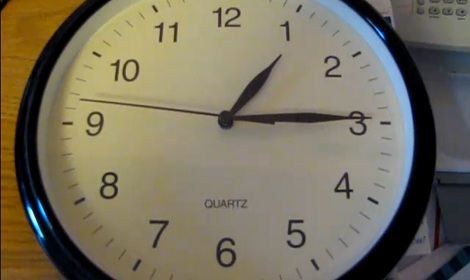
While the very idea of a flat planet millions of years after its formation is patently ridiculous, recent modelling shows that during the protostar phase – where material from a nebula is drawn around a hydrostatic core into an accretion disc – it is likely that many of of the protoplanets which form inside a fragmentary protostar accretion disc take on a strongly oblate spheroid shape, rather than a spherical one. This according to [Adam Fenton] and [Dimitris Stamatellos], who ran half a million CPU hours worth of simulation time at the UK’s DiRAC HPC facility, per the University of Central Lancashire (UCLan) press release.
The research was published in the February 2024 issue of Astronomy & Astrophysics, titled The 3D structure of disc-instability protoplanets.
Where this research is essential is not just in our understanding of how our own solar system came to be – including our own oblate spheroid Earth – but also in interpreting what we observe via the Hubble Space Telescope, James Webb Space Telescope and others as we examine areas of the observable Universe such as the Orion Nebula, which is one of the regions with the most actively forming stars. By comparing these simulations with observations, we may find that the simulation matches perfectly, matches partially, or perhaps not at all, which provides data to refine the simulation, but also helps to reconsider how observations were previously interpreted.














